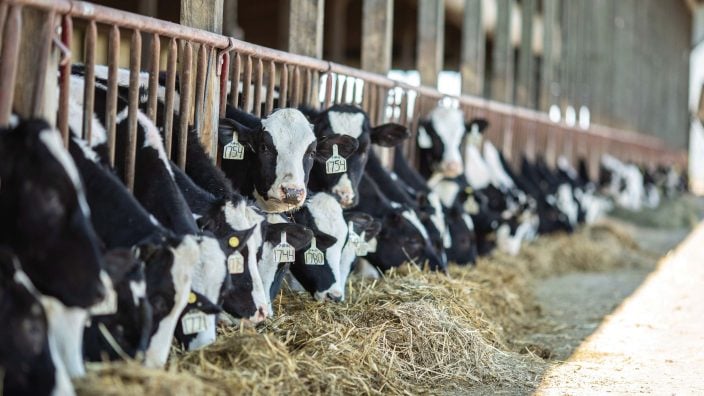Cows make Christmas extra cheerful
It might seem like a real chore to have to take care of the animals before any Christmas gifts or meals can happen, but to me it is such a special time.
Read MoreIn the United States, June is “Dairy Month.” It was started in 1937 by grocer organizations as a way to promote the sale of milk during the warm summer months, and became nationally celebrated in 1939. It is a tradition that has continued for decades. Today, June is a time to promote the dairy industry and to remind consumers of the health benefits that dairy products provide. They contain essential nutrients, including calcium, potassium, vitamin D and protein. They also reduce the risk of high blood pressure, osteoporosis and certain cancers, while helping us to better manage our weight.
Life is about choices. When it comes to milk, if you can afford it, there are a lot of choices for the American consumer. Dairy milk, along with almond, soy, oat, and rice “milk” are readily available in most stores across the U.S. The way I look at it, if you buy and consume any of the above, you are supporting a farmer who is trying to make a living. So, I don’t care if you choose an alternative milk product over dairy milk. That is your prerogative, just as it is mine to drink milk from dairy cows.
I’ve always made the argument that milk means mammary. I went to the internet to look up the definition of milk, and I was surprised. Merriam-Webster’s online dictionary defined milk as 1A — a fluid secreted by the mammary glands of females for the nourishment of their young; 1B — milk from an animal and especially a cow used as food by people; or a food product produced from seeds or fruit that resembles and is used similarly to cow’s milk. There goes that argument out the window.
If you are choosing one of these milk alternatives for reasons other than allergy problems, what are they? In the land of many choices, there are just as many advertising campaigns trying to get you to buy their product. Many of these campaigns imply that dairy milk is bad or wrong and their product is better. In the case of Ripple, an alternative made from yellow peas, even other plant-based alternatives are not safe from their attack advertising. “Dairy-free. As it should be.” Growing almonds and cattle “contribute to deforestation and greenhouse gas emissions.” “Drinking Ripple will lower your carbon footprint.”
I can’t say that I am thrilled with all of the advertisements for dairy milk either. There was an ad for “Happy Cows” in California. And the one for Dairy Pure Milk that claimed they have an “Exclusive 5-Point Purity Promise,” which by USDA regulations all milk has. This is the ad that would make my children so mad they would yell at the TV and change the channel. What about the sale at the grocery store?
Is there room in the market for milk and “milk?” Maybe, maybe not. It is unfortunate the dairy industry has a very small profit margin. With the increasing availability of plant-based alternatives and pressure from anti-animal agriculture organizations, and marginal profits, many dairy farmers are having to consider their options.
Most of you who follow this column know dairy farming is near and dear to my heart. I appreciate all farmers and am glad when they are competitive in the market. There are hard working families on small, mid-sized and large farms across the U.S. who appreciate consumers buying their products. Thank God for the farmers who do what they do so you can make the choices you do.
But hey, June is Dairy Month, so please buy some dairy products. Milk — it does a body good!
Submitted by Mary Smallsreed, a member of the Trumbull County Farm Bureau who grew up on a family dairy farm in northeast Ohio.
OFBF Mission: Working together for Ohio farmers to advance agriculture and strengthen our communities.
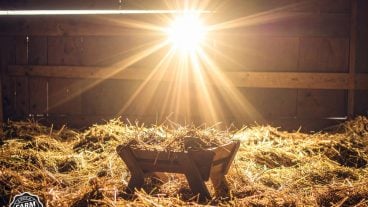

It might seem like a real chore to have to take care of the animals before any Christmas gifts or meals can happen, but to me it is such a special time.
Read More

Happy Thanksgiving, Everyone! I say it every year, but Thanksgiving is my favorite holiday. The gathering of friends and family…
Read More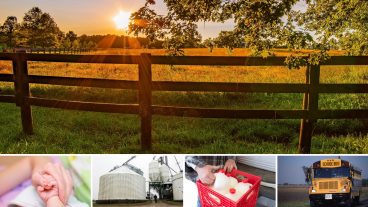

We need to get back to being people who see the good before the differences. Because when agriculture thrives, communities thrive.
Read More

As we pull on our hoodies, light our jack-o’-lanterns and sneak just one more piece of candy, we can thank agriculture for giving us the most spooktacular night of the year.
Read More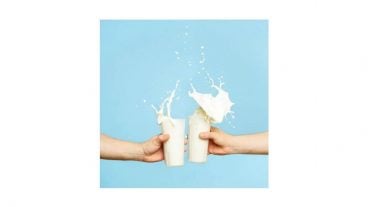
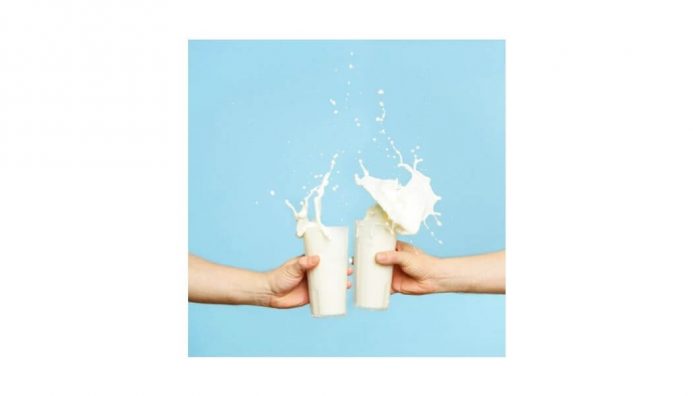
It is currently illegal to sell unpasteurized milk in Ohio. There is a renewed interest in raw milk sales, so that could change.
Read More
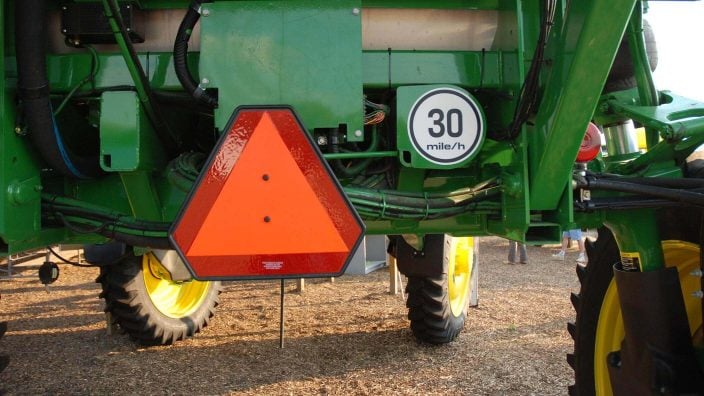
Fatigue and stress can sneak up on even the most seasoned farmer. Please, take care of yourselves.
Read More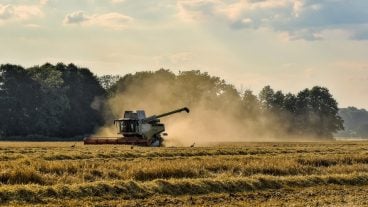
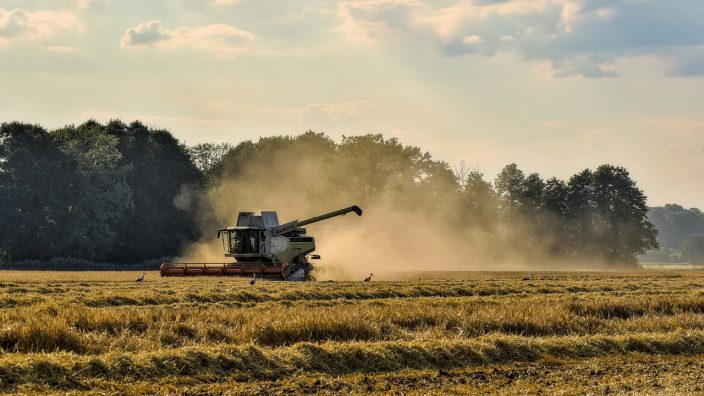
Traveling on roads with large, often oversized equipment adds to the stress.
Read More

Much of Ohio’s pumpkin crop ends up at farm markets, roadside stands and patches where families pick out carving pumpkins and pie pumpkins by hand.
Read More
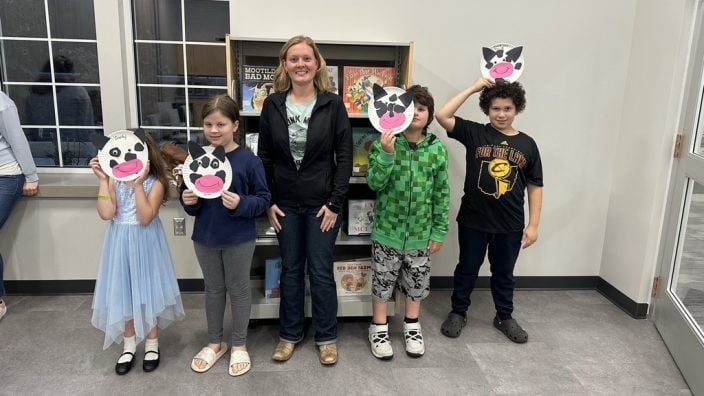
Seeing these events be so successful and having kids so excited and eager to learn is truly heartwarming.
Read More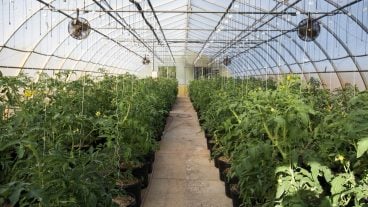
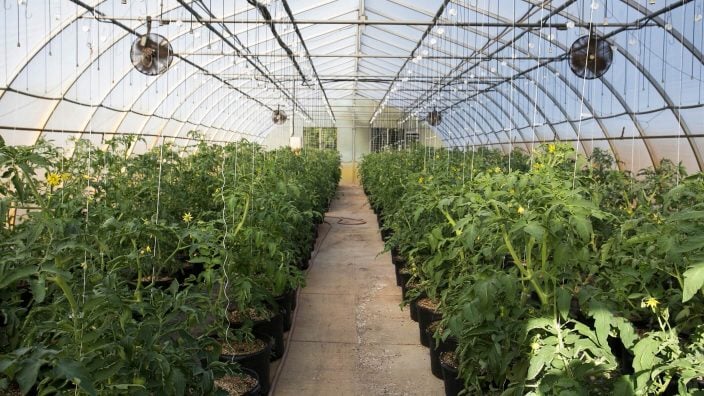
CEA will not replace traditional farming, but it is helping our food supply be more sustainably produced in the United States.
Read More